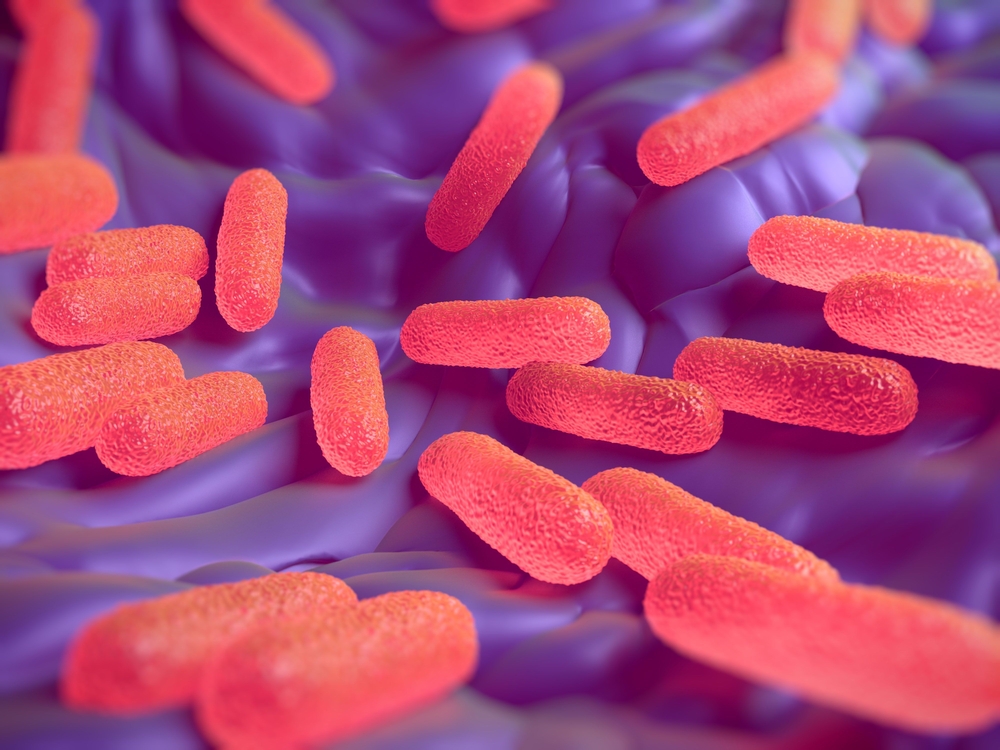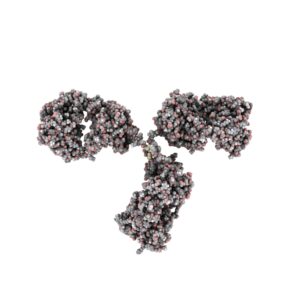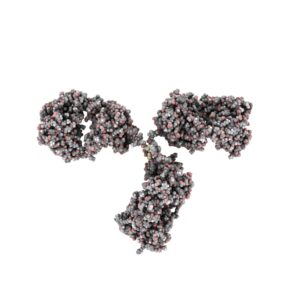ESCHERICHIA COLI O157:H7 CELLS, HEAT-INACTIVATED
Heat-killed Escherichia coli O157:H7 cells in dextran solution. Antigen is intended for use as a positive control in immunoassay development for E. coli detection.
PRODUCT DETAILS – ESCHERICHIA COLI O157:H7 CELLS, HEAT-INACTIVATED
- Escherichia coli O157:H7 cells, genus specific in dextran solution.
- Part of the BacTrace® range of antigens and antibodies.
- This product is ideally suited for use as a positive control in immunoassays designed for the detection of E. coli. It provides verification of the functionality of the assay system.
- Heat-killed. Verification of heat kill is performed by Incubating streaked TSA plates for 24 hours at 37ºC. Product is considered non-hazardous as defined by The Hazard Communication Standard (29 CFR 1910.1200).
BACKGROUND
Enterohemorrhagic Escherichia coli O157:H7 is a major foodborne pathogen causing severe disease in humans worldwide. It is a serotype of the bacterial species E. coli and is one of the Shiga-like toxin–producing types of E. coli. The infection is nationally reportable disease in the US, Great Britain, and Germany, and most US states, and Australia. Transmission is via the fecal–oral route, and most illness has been through distribution of contaminated raw leaf green vegetables, undercooked meat and raw milk. Infection with this type of pathogenic bacteria may lead to hemorrhagic diarrhea, and to kidney failure; these have been reported to cause the deaths of children younger than five years of age, of elderly patients, and of patients whose immune systems are otherwise compromised.
Three major virulence factors of E. coli O157:H7 have been identified including Shiga toxins, products of the pathogenicity island called the locus of enterocyte effacement, and products of the F-like plasmid pO157. All clinical isolates of E. coli O157:H7 possess the plasmid pO157 (Lim et al., 2010). The periplasmic catalase is encoded on pO157 and may enhance the virulence of the bacterium by providing additional oxidative protection when infecting the host. E. coli O157:H7 non-hemorrhagic strains are converted to hemorrhagic strains by lysogenic conversion after bacteriophage infection of non-hemorrhagic cells.
REFERENCES
- Lim JY, Yoon J, Hovde CJ. A brief overview of Escherichia coli O157:H7 and its plasmid O157. J Microbiol Biotechnol. 2010 Jan;20(1):5-14.



